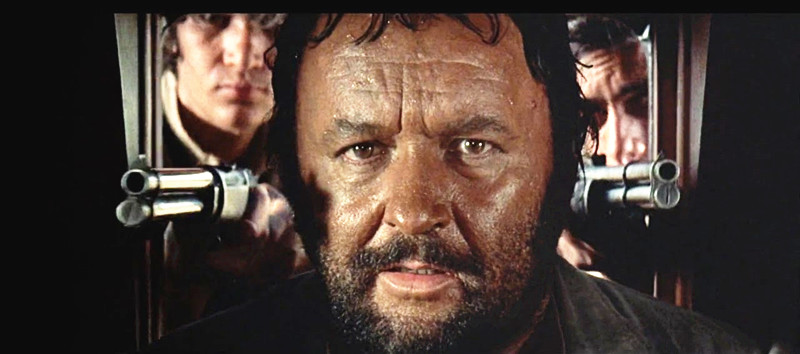
When directors make enough masterpieces or near-masterpieces to earn the adjective “legendary,” it is inevitable that some of their “lesser” works will fade from the cultural memory. Sometimes these films are rightly forgotten; in the case of Kubrick, for instance, it makes sense to continue talking about “2001: A Space Odyssey” and continue ignoring “Fear and Desire.”
But in other cases, great films fall undeservedly into obscurity – or if not obscurity, then a secondary tier that cannot compete with a director’s best-remembered works. The directors on this list are so well-known that none of their films remain entirely ignored.
I am not pretending that literally no one discusses these films anymore. Rather, the goal is to highlight films that are overlooked within the canons of their respective directors, bringing attention to great entries in their filmographies that have been overshadowed by their most popular works.
10. Bird (1988), directed by Clint Eastwood

In the years since “Bird,” Clint Eastwood has proved that he can make dull biopics (“J. Edgar”), cheesy biopics (“Invictus”), and even astonishingly bad biopics (“The 15:17 to Paris”). This account of jazz saxophonist Charlie “Bird” Parker’s life remains Eastwood’s best attempt at the genre.
The film moves through Parker’s life in a loose, almost improvised fashion that feels right in line with the jazz Parker plays. Forest Whitaker is compelling in the lead role; his passionate moments are overwhelmed by self-destructive passivity as Parker surrenders to his addictions more and more, growing sad and pitiful and all too ready to die young. In keeping with Parker’s mood, this is a somber, draining film that has little driving energy apart from the music.
Eastwood likes to portray loners, usually of the gun-slinging variety. The deeply depressed saxophone-slinging brand of loner is less glamorous but nevertheless equally in tune with Eastwood’s sensibilities. Parker’s heroin use renders him so erratic that he becomes practically unemployable, but unlike many of Parker’s acquaintances, Eastwood never loses sympathy for him.
Thanks to Whitaker, Parker always exudes some sort of friendly warmth deep beneath all the pain and loneliness. Eastwood’s expert direction and Whitaker’s affecting performance make “Bird” one of the two or three best films Eastwood directed prior to “Unforgiven.”
9. The Castle of Cagliostro (1979), directed by Hayao Miyazaki
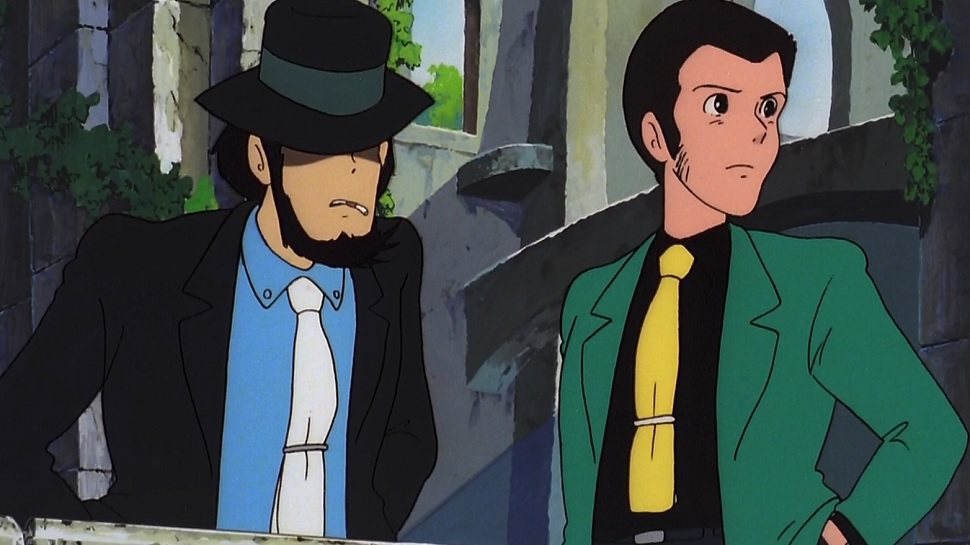
While “The Castle of Cagliostro” may have a notable following among devoted anime fans (and among fans of the Lupin III franchise), it often gets left out in more mainstream discussion of Miyazaki’s work. It does lack many defining features of the prototypical Miyazaki film: overt fantasy elements, prominent child characters, a beautiful Joe Hisaishi score.
What Miyazaki gives us instead is a highly entertaining action/adventure flick complete with car chases, counterfeiting, and daring heists and rescues. Lupin has a roguish charm that places him somewhere between Indiana Jones and James Bond, and the film often feels like a blend of these franchises, pairing a search for hidden treasure with plenty of over-the-top action sequences. (The Indiana Jones franchise came later, of course, and there are unconfirmed rumors of “Cagliostro” influencing Spielberg.)
It’s a delight to see Miyazaki apply his Eastern sensibilities to the visual design of the western European environs in which the film takes place, and the setting is removed from reality just enough to feel timeless. Isolated out in a lake and surrounded by distant mountain ranges, the castle itself houses hidden rooms and ornate architecture that form an enchanting setting for the film’s intrigue and action.
8. Polytechnique (2009), directed by Denis Villeneuve
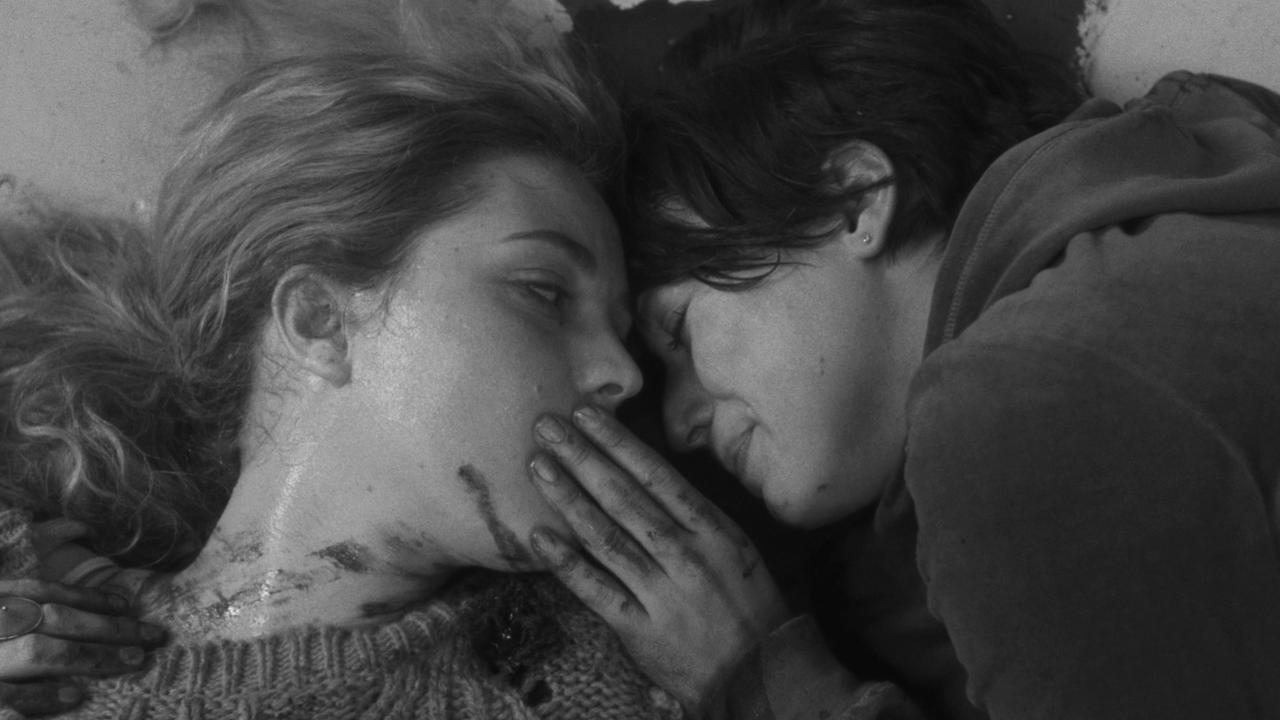
I concede that Denis Villeneuve has not earned the descriptor “legendary,” but his last three films have garnered considerable critical acclaim, and he has established an ability to work successfully in a variety of genres. However, there is very little discussion of anything in his filmography prior to his breakout “Incendies.” As far as I’m concerned, his best film is still “Polytechnique,” a short, intense account of the massacre at the Polytechnique Montréal in 1989.
When the perpetrator (credited only as “The Killer”) enters the classroom, he asks all the male students to leave and informs the female students who remain that he hates feminists. Then he begins his massacre. The film never projects any new ideologies onto the killer but simply remains faithful to the reasoning he provided in his letters. In this way, the film largely conveys its message through the events on display rather than adding its own interpretations of the tragedy.
The event is horrific, and yet some of the images Villeneuve creates are aesthetically beautiful – not in a pleasant way, of course, but in the most haunting way: empty hallways, lights reflecting in the killer’s eyes, students escaping into the snowy night, the bloody texture of frightened faces. In one of the film’s most unforgettable shots, Villeneuve shows a student’s blood pool together with the killer’s blood. But he does not end the film after the killer’s suicide.
Instead, he observes a couple of the surviving students in the weeks afterward to try to show some inkling of how their outlooks on life were transformed by the violence they witnessed. And while the film avoids stating a direct message (perhaps with the exception of one survivor’s lines near the end), the yearning for empathy and equality is tangible.
7. The Lodger (1927), directed by Alfred Hitchcock
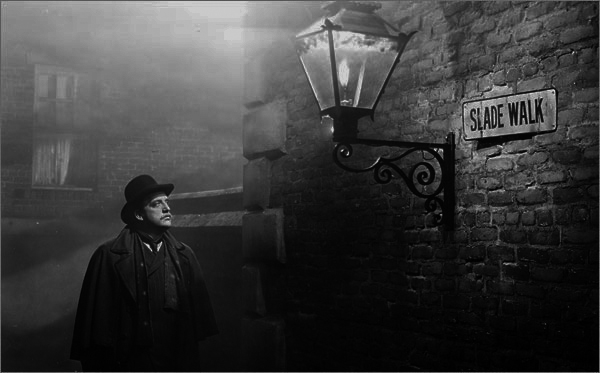
(This entry contains spoilers.)
A serial killer called “The Avenger” is murdering blonde-haired women in London, and suspicion falls on a secretive man who takes up residence in the house of the Bunting family. The lodger falls in love with blonde-haired Daisy Bunting, to the frustration of police investigator Joe, who is in love with her.
“The Lodger” is notable for being Hitchcock’s first crime thriller but otherwise does not provoke much discussion nowadays. Hitchcock was regrettably forced to change the ending, which originally left the lodger’s innocence more ambiguous.
Thus, when the lodger’s innocence is declared, we are left wondering why the killer is called “The Avenger.” Even with the allegedly guilty suspect caught, it seems suspicious that the lodger has named vengeance as his primary motivation for hunting the Avenger.
In any case, one of the film’s twists ends up being how peripheral the Avenger’s true identity is. By shifting the focus from the pursued to the pursuer, Hitchcock makes character development more important than the facts of the case. The prominence of romantic jealousy – as well as thematic undercurrents that link sex and violence – prefigures some of the concerns that dominate Hitchcock’s later films.
If you like Hitchcock movies about wrongful accusations and misogynistic serial killers in London, try a double feature with “Frenzy.”
6. Duck, You Sucker (1971), directed by Sergio Leone
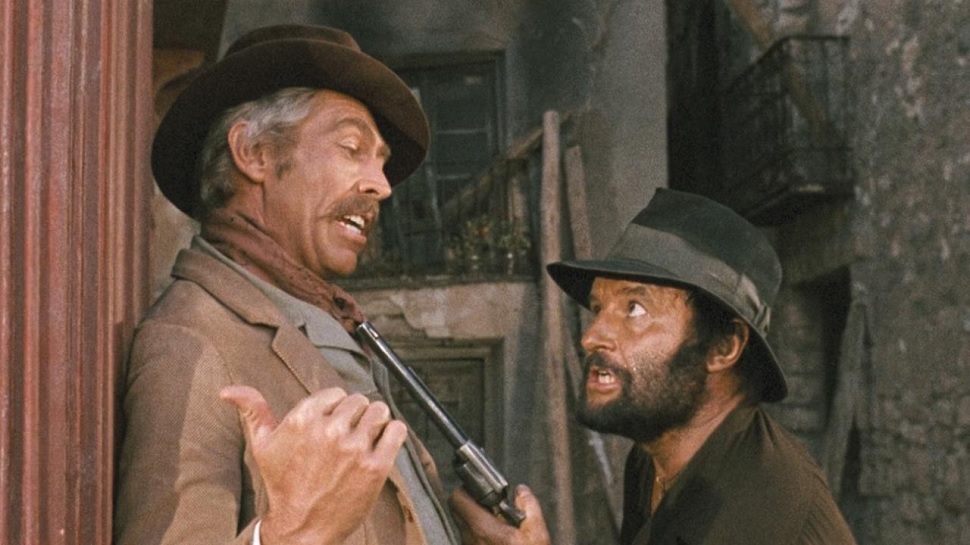
Is “Duck, You Sucker” the weakest Leone film this side of “The Colossus of Rhodes”? Sure. But Leone has such an impressive oeuvre that “Duck, You Sucker” would still be a standout in the filmography of any other director of Westerns.
All of Leone’s other Westerns are the subject of frequent discussion, as is his superb crime drama “Once Upon a Time in America.” “Duck, You Sucker” is probably the most popular film on this list, and yet it is still completely overshadowed by Leone’s major five works.
Like “The Good, the Bad, and the Ugly,” “Duck, You Sucker” involves an unlikely duo getting caught up in a major historical conflict, in this case the Mexican Revolution. The duo is Juan Miranda, an unprincipled bandit; and John Mallory, an IRA explosives expert who fled from one revolution to another.
Despite his indifference toward the revolution and determination to increase his own wealth, Miranda keeps inadvertently becoming a revolutionary hero, and he and Mallory dynamite their way through each new difficulty.
The film does not assume a definite political stance on the revolution, showing the ugliness of both sides, though our sympathies are certainly with the revolutionary main characters. Leone himself claimed that the film’s message is “revolution means confusion” and that friendship is its real theme. This theme is perhaps never more apparent than in Mallory’s flashbacks to Ireland late in the film, in which he recalls friendship as yet unbroken by betrayal.
Like any Leone western, these quiet moments in between action scenes help the film move beyond being a mere actioner. And like any Leone film (well, with the exception of “Colossus of Rhodes”), the combination of Leone’s cinematography and Ennio Morricone’s score is alone enough to make the film worth watching.